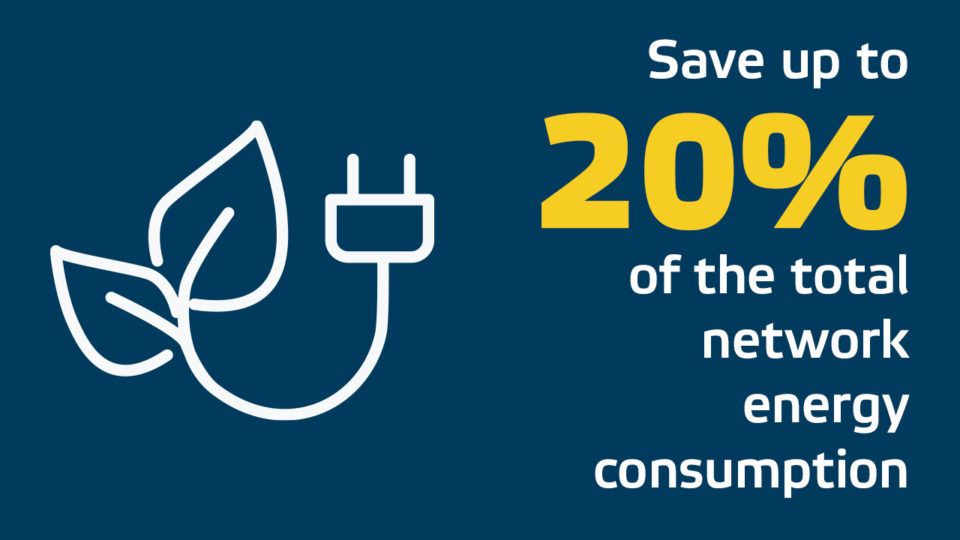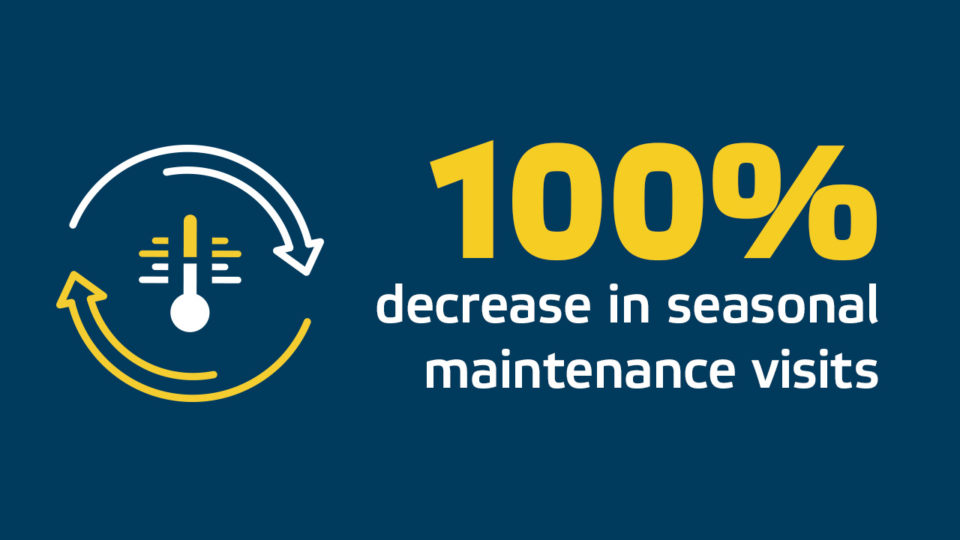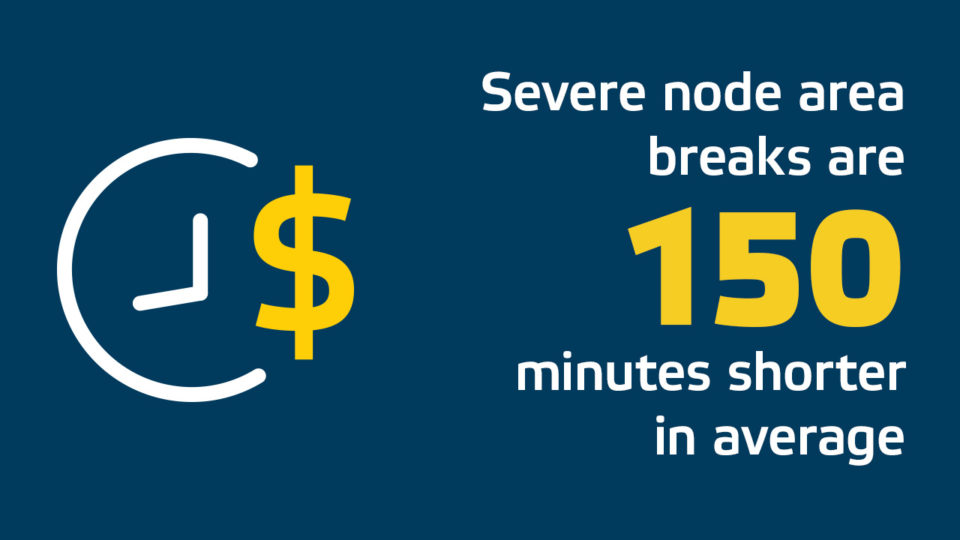
The number of subscribers increases and new services require more network capacity. Higher capacity demands are tackled with network re-segmentation, which in practice leads to laborious node splitting and costly on-site adjustment of network devices. The result is not only increased risk for human errors and network unreliability, but also higher operating costs.
Bringing intelligence to networks provides operators an effective way to solve these problems.

Intelligent Network technology consists of remotely manageable and automatically adjusting broadband nodes and amplifiers, as well as their management software. They have been designed to help operators improve quality of service while keeping operational cost in control.
truck rolls

Cutting down truck rolls
One key issue in network management and maintenance is that network problems can be difficult to locate which makes fixing service issues slow, leads to higher repair costs and takes customers onto a path potentially leading to churn. Intelligent network devices can be used to find out where the disturbances enter the network and what their impact areas are. The management software can attach detailed spatial information to each device and, when information from an affected device arrives, show its exact location on a map. As experiences from the field show, up to 60% of truck rolls can be avoided by knowing precisely where to go to fix a problem.

Improving customer satisfaction
Network reliability is the single-most influential factor causing customer dissatisfaction in the cable television industry. Intelligent Networks management software can help avoiding even 30% of all customer calls and tickets by providing the needed information from the device level up to fix issues quickly and effectively. In addition, the intelligent devices feature an automated ingress-switching functionality that allows segregating the failing network segments until fixed, thus limiting the number of homes contaminated by the ingress.

Reducing broadband network power consumption
Intelligent nodes and amplifiers introduce several innovations for controlling power consumption in the amplifier module, including remotely adjustable performance levels as well as autonomous and load-based performance adjustment. These are based on the simple idea to save energy by adjusting bias current in the amplifier module according to the actual capacity in use. This can save up to 30% of the power consumed by the amplifier module, which, in turn, can reduce the total network power consumption by up to 20% without sacrificing the end-user quality of service.

Avoiding maintenance visits
Older cable television networks have been pampered with lower order QAM constellations and lower frequencies that left enough of a carrier-to-noise ratio (CNR) margin to be wasted. For instance, seasonal network visits, due to lower/higher temperatures, might have been futile. However, the use of frequencies above 1 GHz causes a paradigm shift and old rules do not apply, CNR margins cannot be wasted anymore. The intelligent network devices are able to reconfigure themselves and keep all adjustments precise thus avoiding regular on-site maintenance visits. This means that, for instance, temperature changes do not impact the network performance, and consumers can enjoy robust broadband speeds.

Higher network uptime and savings in time and money
The overall impact of Intelligent Networks on network maintenance is significant. Experiences from our customers show that, on average, the technology enables a 30-minute-faster repair time for the ingress and CPD problems while making severe node area breaks 150 minutes shorter. Scaled to the entire network level, the increase in service uptime is remarkable, as are the monetary benefits.
“Automated ingress control process allows us to ensure that the quality of services experienced by our subscribers is high, and our network will be able to meet consumers’ data transmission demands in all circumstances. For our personnel, the automated process gives time to concentrate on more value adding tasks, instead of manually running the ingress control process.”
Mikko Nurmi
Director, Network Architecture and Security for DNA
(DNA Plc is Finland’s largest cable operator)
Teleste Argus Network Management software
Benefits of the intelligent network
Save energy by up to 20%
Nodes and amplifiers are running on full power even though it is not necessary. It is like leaving a water tap running. Makes no sense, right?











